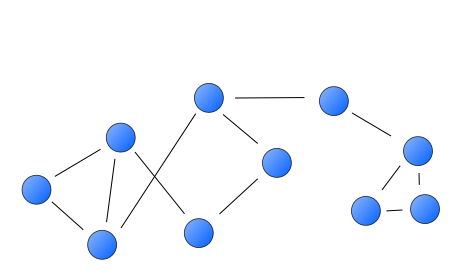New Publication: Comment on Knowledge Networks in German Human Geography (in German)
Two years ago, a research paper discovered a tight-knit cluster of researchers that dominate German Human Geography. Harald Schoen and I comment on the paper that rocked German Geography (in German, somewhat unsurprisingly).
